Body Diversity, Identity & Belonging in LGBTQ+ Culture
Within the gay community, physical diversity isn’t just accepted—it’s actively celebrated. Over the past decades, myriad body categories have emerged, allowing gay and queer men to connect, find self-expression, and build spaces of acceptance. Understanding the richness and significance of these gay male body typologies is key to seeing how the LGBTQ+ world continues to break stereotypes and foster a sense of belonging for all body shapes.
Table of Contents
Why Are Gay Body Types So Important?
Labels like “bear“, “twink”, or “otter” are more than physical shorthand; they’re building blocks of identity, friendship, attraction, and sometimes even activism. Exploring these identities gives us invaluable insight into how the gay community celebrates difference and pushes back against mainstream beauty norms.
Origins: Where Do Gay Male Body Types Come From?
Historical Perspective
As gay liberation movements gained momentum in the 1970s and 1980s, the bars and clubs that provided safe haven for queer men began to develop their own slang and micro-cultures. In response to the dominance of youthful, lean, often hyper-feminine images, alternative identities like “bear”, “cub”, or “chub” formed—each driven by a desire for representation and respect.
From exclusion to affirmation:
These labels created new ways of being seen and valued, disrupting stereotypes and giving men permission to embrace their authentic selves.
Main Gay Male Body Typologies: Definitions, Traits & Community Insight
Below are the most widespread and recognized gay male body types, including their traits, typical personality stereotypes, and their place in LGBTQ+ social life.
Note: Identities remain fluid—these categories coexist, overlap, and evolve constantly.
1. Twink
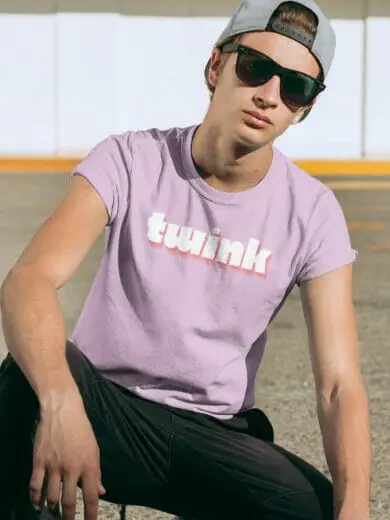
- Definition: Slim, youthful, generally little to no body hair.
- Physical traits: Slender or androgynous build, often smooth-skinned, fashionable.
- Cultural associations: Seen as energetic, cute, or playful; central in mainstream gay imagery especially in media and dating apps.
- Community role: Often admired for youth and style, but stereotypes can sometimes contribute to ageism or body shaming.
2. Bear
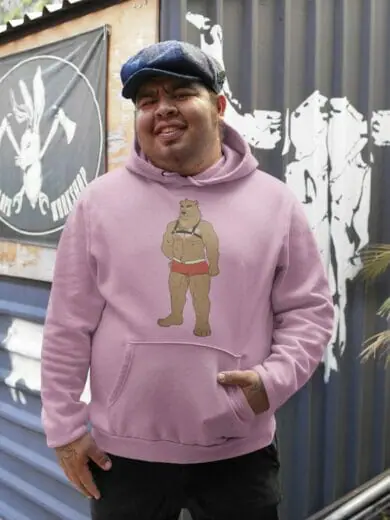
- Definition: Larger, often stocky or husky men with pronounced body and facial hair.
- Physical traits: Broad-shouldered, big builds, beards, body hair.
- Cultural associations: Warm, masculine, approachable; embrace “rugged” masculinity and body-positivity.
- Impact: Bear events, festivals, and online spaces (like BEARWWW) fuel a subculture built on mutual support, diversity, and breaking hyper-muscular norms.
3. Otter
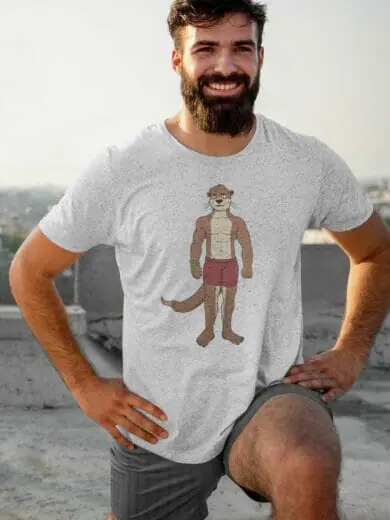
- Definition: Leaner than bears but still notably hairy.
- Physical traits: Slender or athletic frame, facial and body hair, usually not as muscular or big as bears.
- Personality stereotypes: Friendly, approachable, sometimes a connector between bears and twinks.
4. Cub
- Definition: Bears-in-training—young or smaller guys who identify with bear culture.
- Physical traits: Younger, sometimes chubby or husky, often with developing beard/body hair.
- Role: Seen as “apprentice bears” and welcomed in bear circles for energy and playfulness.
5. Wolf
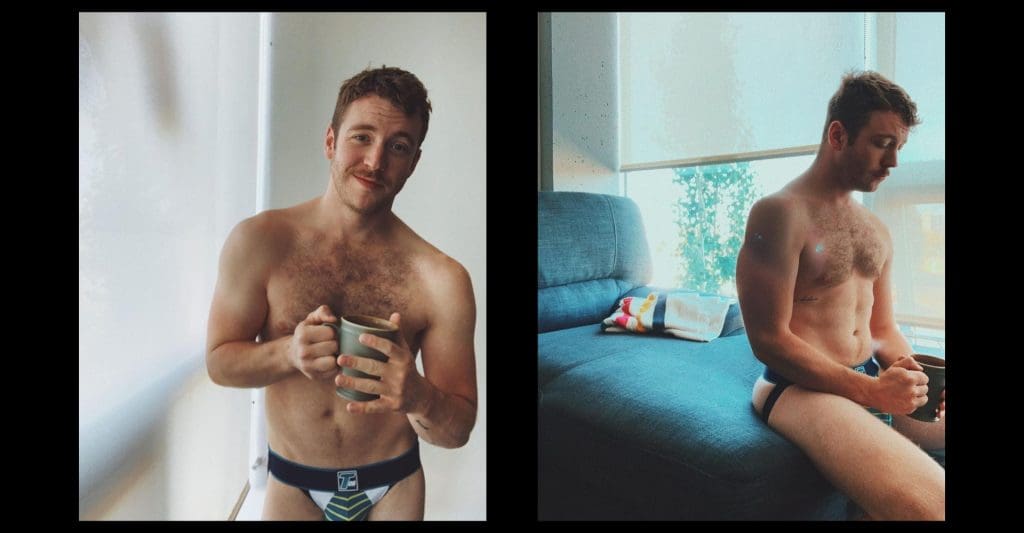
- Definition: Lean and muscular, typically more assertive.
- Physical traits: Athletic, hairy, generally with a dominant or “alpha” persona.
- Community: Sometimes overlap with otters or muscle bears; often portrayed as independent or sexual leaders.
6. Muscle Bear
- Definition: Men identifying as bears but with pronounced musculature.
- Physical traits: Large, hairy, very muscular.
- Societal impact: Add another dimension to bear culture; sometimes critiqued for new “muscle standards.”
7. Chub
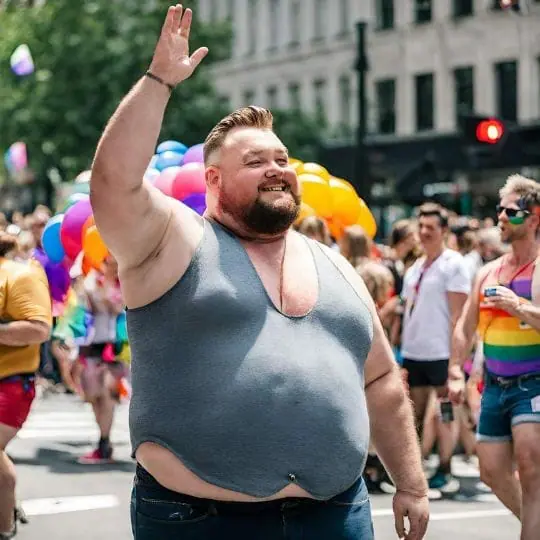
- Definition: Heavier men regardless of age, typically with less emphasis on body/facial hair.
- Physical traits: Large, soft bodies; can have little or much body hair.
- Community: Chub and chaser events, forums, and spaces help reinforce acceptance regardless of size.
8. Chaser
- Definition: Anyone attracted to a specific body type—especially those outside “mainstream” gay norms. For example, a “chub chaser” or “bear chaser”.
- Role: Central to the affirmation of all body types, bridging gaps and challenging exclusionary attraction standards.
9. Jock
- Definition: Athletic, sporty, fit men.
- Physical traits: Muscular, toned, energetic, typically young or young-spirited.
- Culture: The jock image carries its own stereotypes (popularity, masculinity), and is celebrated at gym-focused events or sports leagues.
10. Daddy
- Definition: Older, often muscular or sturdy men, sometimes associated with mentorship or power dynamics.
- Physical traits: Mature, silver/grey hair, often larger builds, facial hair.
- Community: Frequently appears in “daddy-son” dynamics in the dating scene, but also symbolizes wisdom and experience.
Evolving and Overlapping Identities
No one fits perfectly in a single box. Age, ethnicity, gender expression, or style all intersect with these body typologies. Many men flow between categories, or resist all labels—highlighting the flexibility and evolving inclusivity of LGBTQ+ communities.
- Intersectionality: Queer men of color, trans men, nonbinary, and gender-nonconforming folks often bring fresh energy and new typologies, fighting the old boundaries.
- Online influences: Modern dating apps and social networks let people explore, claim, or create new categories, keeping the conversation about identity alive.
Gay Body Typologies in Dating & Social Life
Why Do Body Types Matter in Gay Dating?
- Shortcuts for attraction: Typologies can help filter matches, but can also reinforce narrow standards if not approached thoughtfully.
- Community building: Events, clubs, forums, and pride parades often use these categories to foster belonging and organize social spaces.
- Mental health conversations: Increasingly, the community discusses how body image, labels, age, and beauty standards affect confidence, self-worth, and inclusion.
Benefits and Challenges of Body Typologies
The Positive
- Self-acceptance: These typologies give language and space for all bodies to be celebrated. For many, discovering their “tribe” is a turning point in feeling welcomed.
- Visibility for all: Generating pride, events, and positive media images for non-mainstream physiques.
- Support and advocacy: Initiatives around body positivity, mental health, and HIV awareness often use typologies to expand outreach.
The Complicated
- Stereotypes and exclusion: Every label can lead to cliques or reinforce new pressures (such as “muscle-only” events).
- Commercialization: Certain types may be over-represented in advertising, impacting diversity.
- Intersectional gaps: Not all ethnic and gender expressions are equally visible in every typology—ongoing activism keeps these lines moving.
How to Embrace and Empower Body Diversity
- Stay curious: Learn about the history and nuances of each typology.
- Challenge preconceptions: Welcome those who identify across multiple categories, and call out body shaming in LGBTQ+ spaces.
- Celebrate difference: Participate in inclusive events, support diverse media, and share your story to help others find their own space.
- Connect globally: Online resources like BEARWWW and body-positive platforms offer forums, dating opportunities, and international support for EVERY body type.
Conclusion: Beyond Labels—Toward Full Acceptance
Understanding gay male body typologies is about much more than physical categories—it’s a celebration of queer diversity, a challenge to toxic beauty norms, and a core part of LGBTQ+ resilience. By recognizing and validating the wide range of bodies, experiences, and desires that exist in our community, we lay the foundation for greater acceptance, compassion, and unity.
Whether you’re a bear, a twink, an otter, a chub, a jock, a daddy, or you eschew labels entirely, you help make the LGBTQ+ world more colorful, visible, and affirming for everyone.